The presence of 3 rooted premolars called, little molars, is pretty infrequent. Found in only 1-4% of cases with regional variation. The two morphological types involve either two buccal and […]
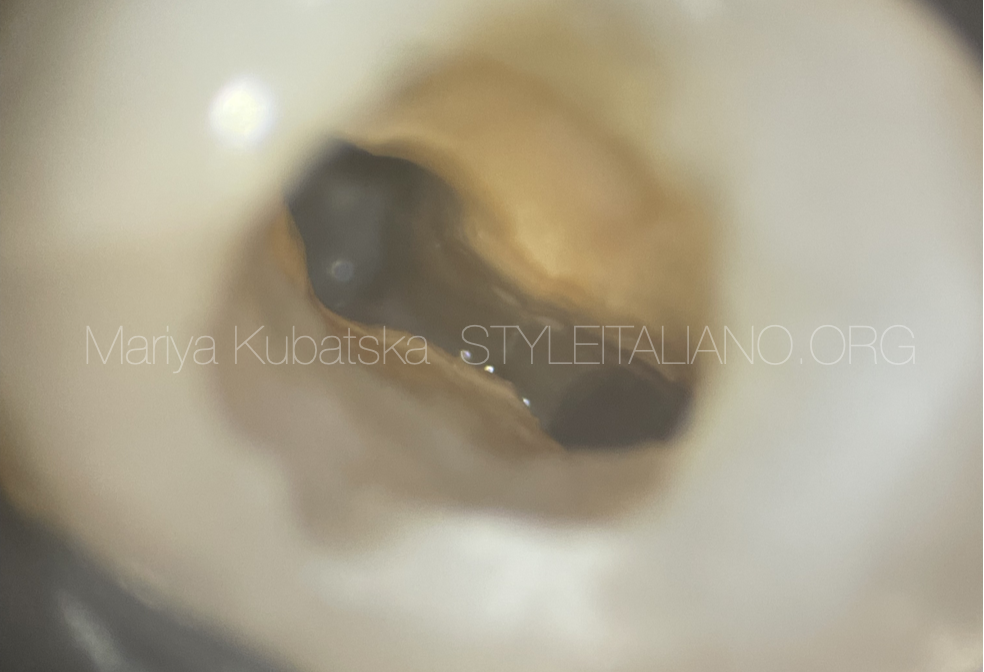 Little molars
Little molars
The presence of 3 rooted premolars called, little molars, is pretty infrequent. Found in only 1-4% of cases with regional variation. The two morphological types involve either two buccal and […]
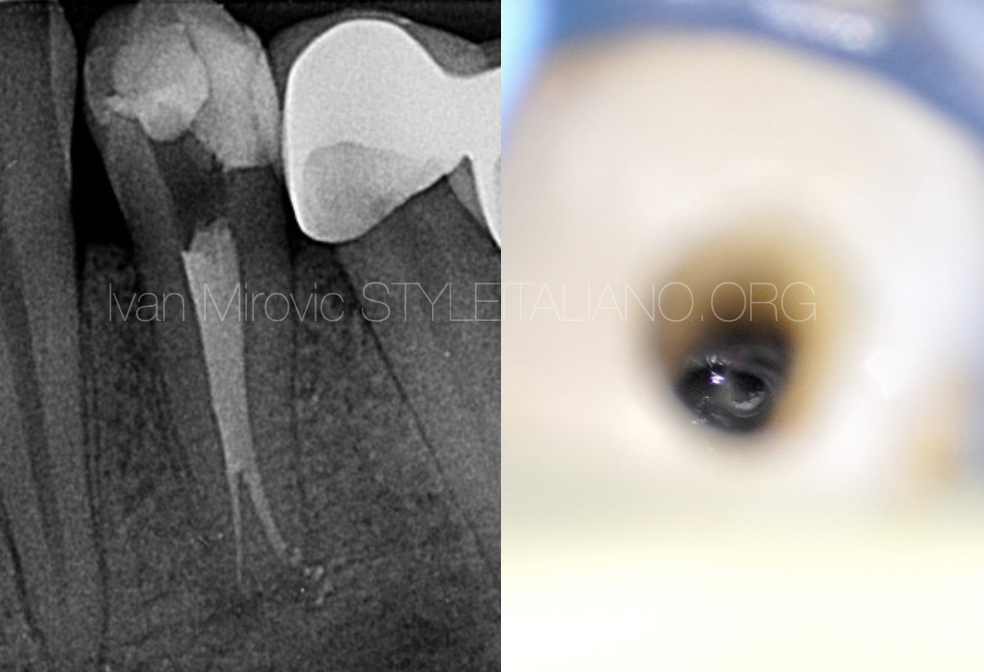 Deep split management, tips and tricks
Deep split management, tips and tricks
Deep split, also known as Vertucci type V canal anatomy, is one of the most challenging anatomies in root canal treatment. It presents a situation where one canal leaves the […]
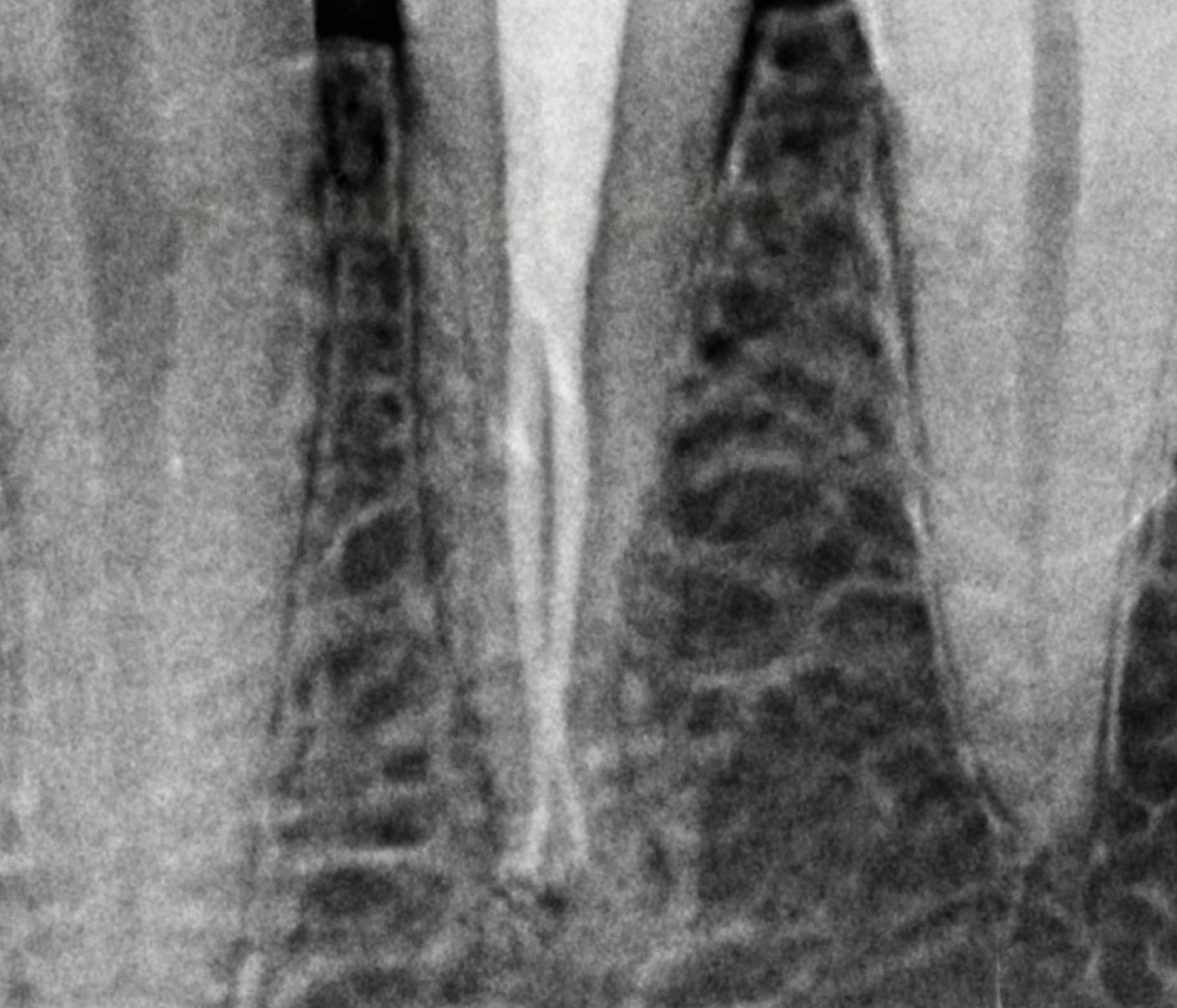 Management of mandibular first premolars with unique anatomies
Management of mandibular first premolars with unique anatomies
A thorough knowledge of root canal anatomy is essential for predictable and successful outcomes of endodontic therapy. Mandibular premolars are rightly called “endodontist’s enigma” by Slowey, as they are known […]
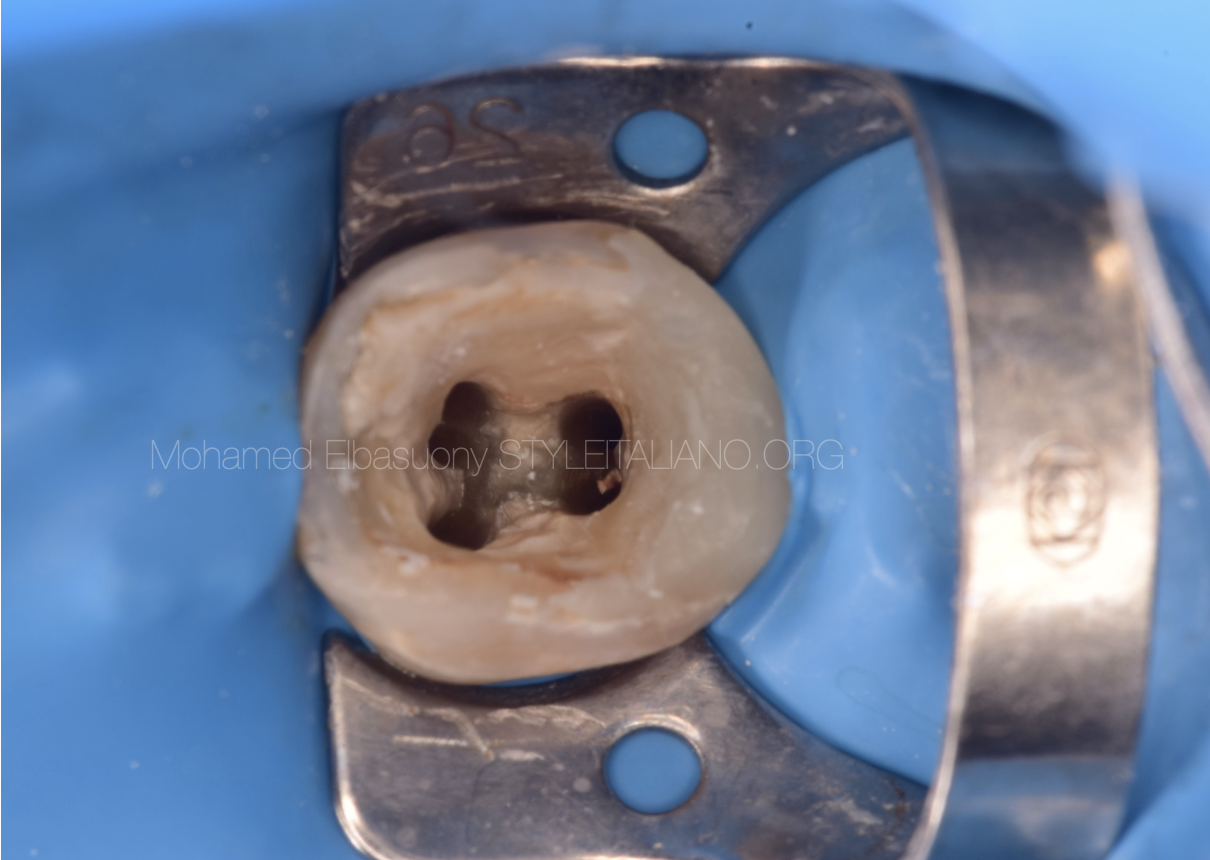 Endodontic retreatment of a mandibular first molar with missing Mid-Mesial canal
Endodontic retreatment of a mandibular first molar with missing Mid-Mesial canal
The presence or absence of periradicular disease is determined according to clinical and radiographic findings. This article will discuss the non surgical endodontic retreatment of a mandibular first molar with […]
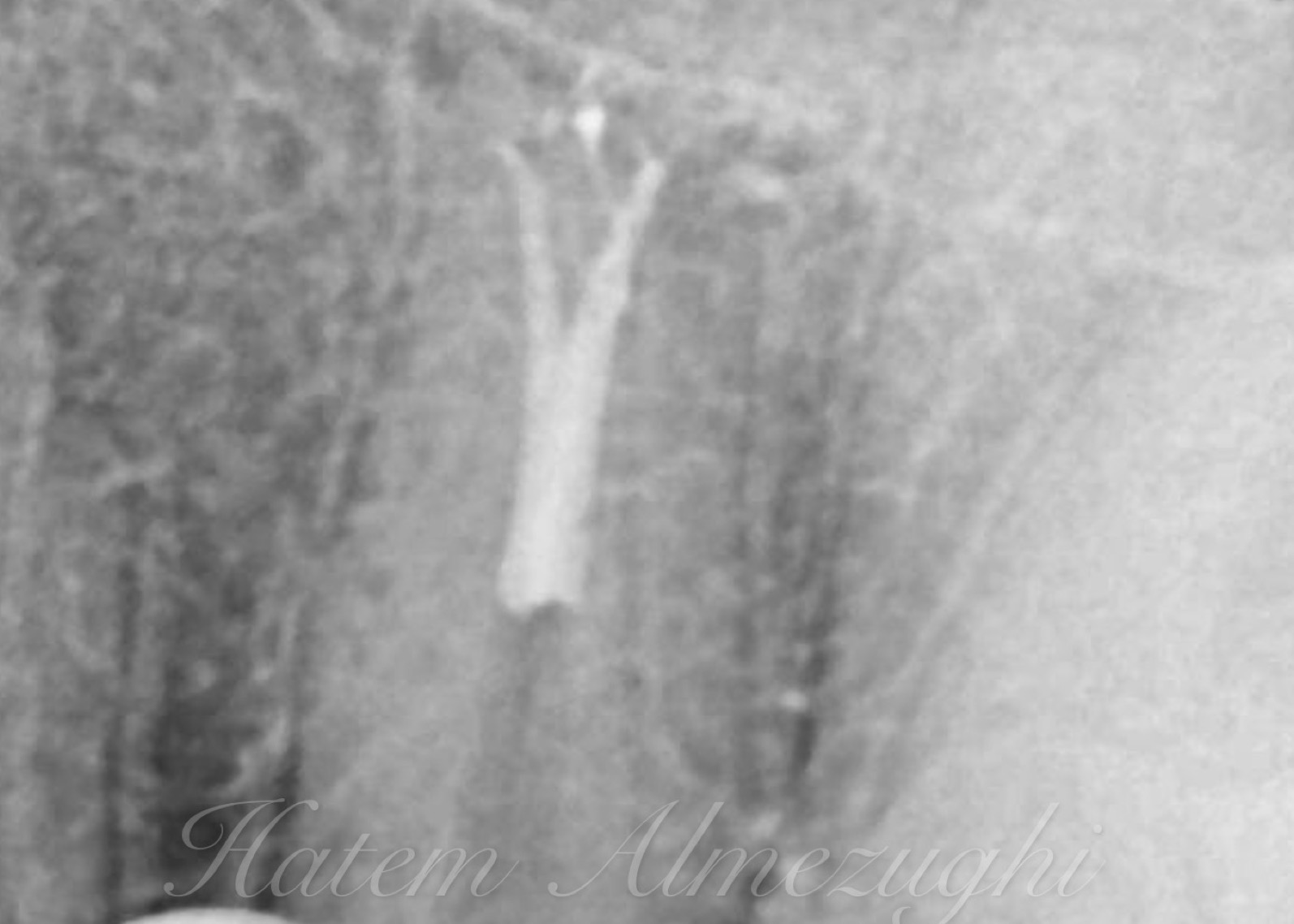 Management of deep apical split
Management of deep apical split
Speaking of ANATOMIC VARIATIONS The clinician should be aware of root canal anatomy and morphology, not to mention the protocol of debridement, disinfection and obturation. Vertucci5 reported the incidence of […]
 Management of S-shaped root canals
Management of S-shaped root canals
Straight simple root canals are rare in the human dentition; the majority present with complexities and curvatures in different planes, making the endodontic treatment a complex task that requires adaptation […]
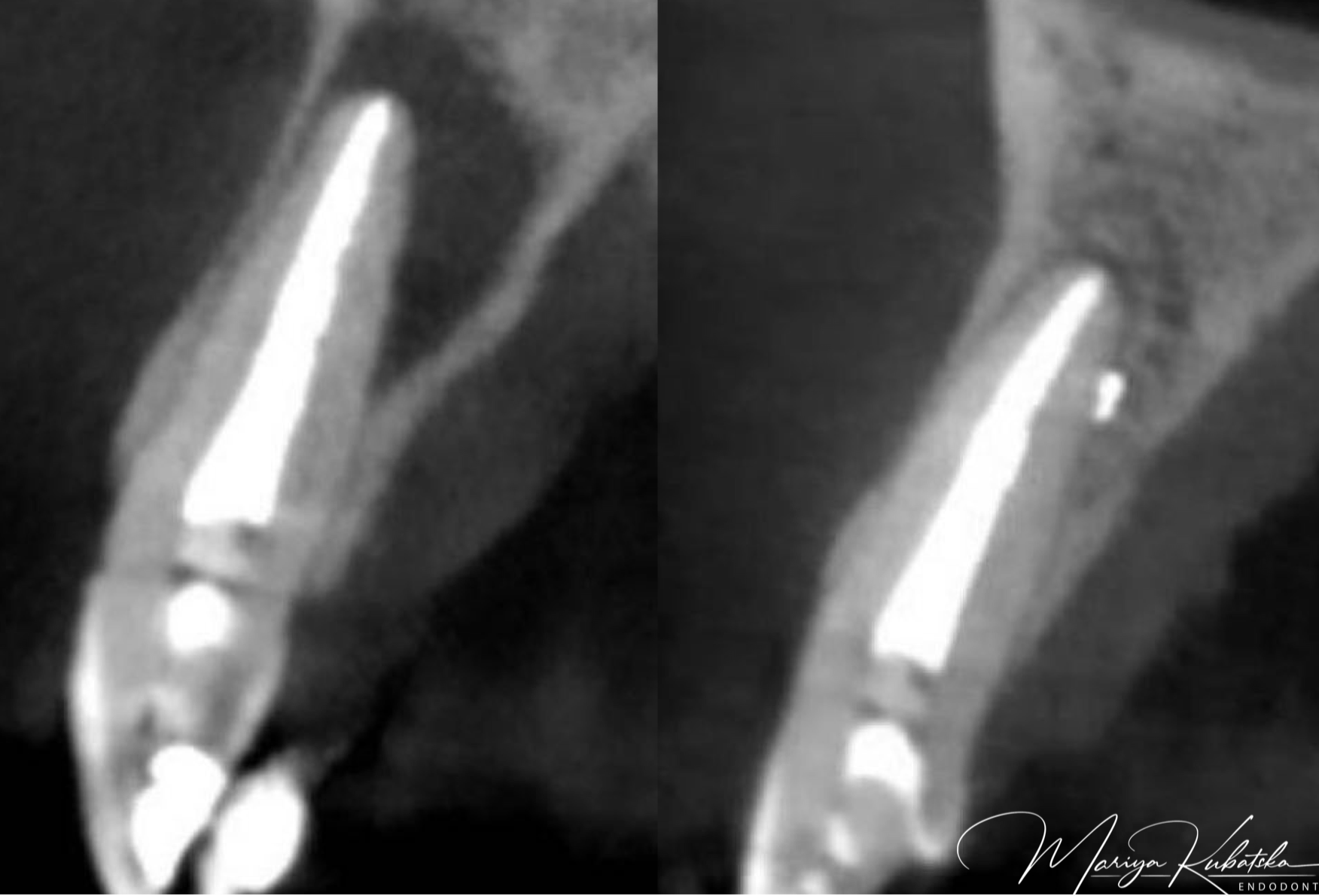 Apical lesion from formation to healing
Apical lesion from formation to healing
Apical periodontitis serves an essential protective function aimed at confining bacteria discharged from the root canal space and preventing them from spreading into adjacent bone marrow spaces and other remote […]
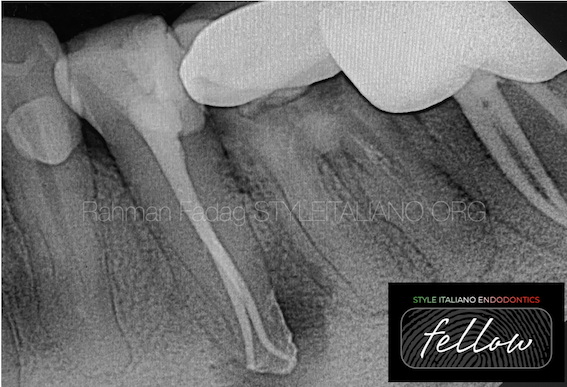 Management of deep splitting root canals
Management of deep splitting root canals
Endodontic management of a tooth is an interesting and challenging procedure that is partly blinded, and its success depends on individual clinical expertise and skill, as well as the procedural […]
 Management of severe trajectories: a clinical perspective
Management of severe trajectories: a clinical perspective
The curved and dilacerated roots in the posterior teeth often present the major challenge to the clinicians during the endodontic treatments. Failure to secure a safe glide path in order […]
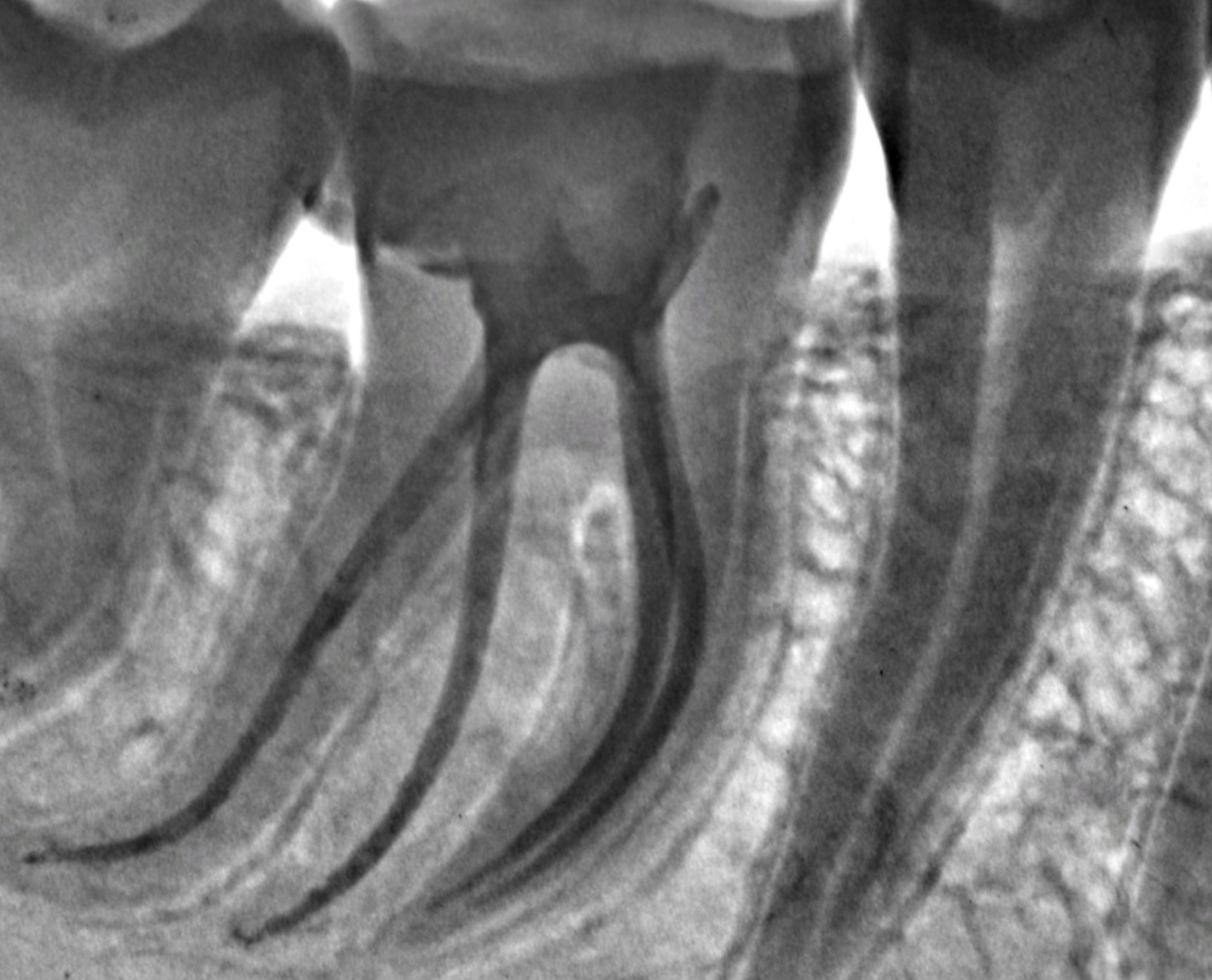 Radix entomolaris- a case series
Radix entomolaris- a case series
Endodontic treatment entails thorough chemo-mechanical debridement and disinfection of the pulp spaces, followed by placement of an inert biocompatible material to allow hermetic sealing of the root canal system. Inability […]
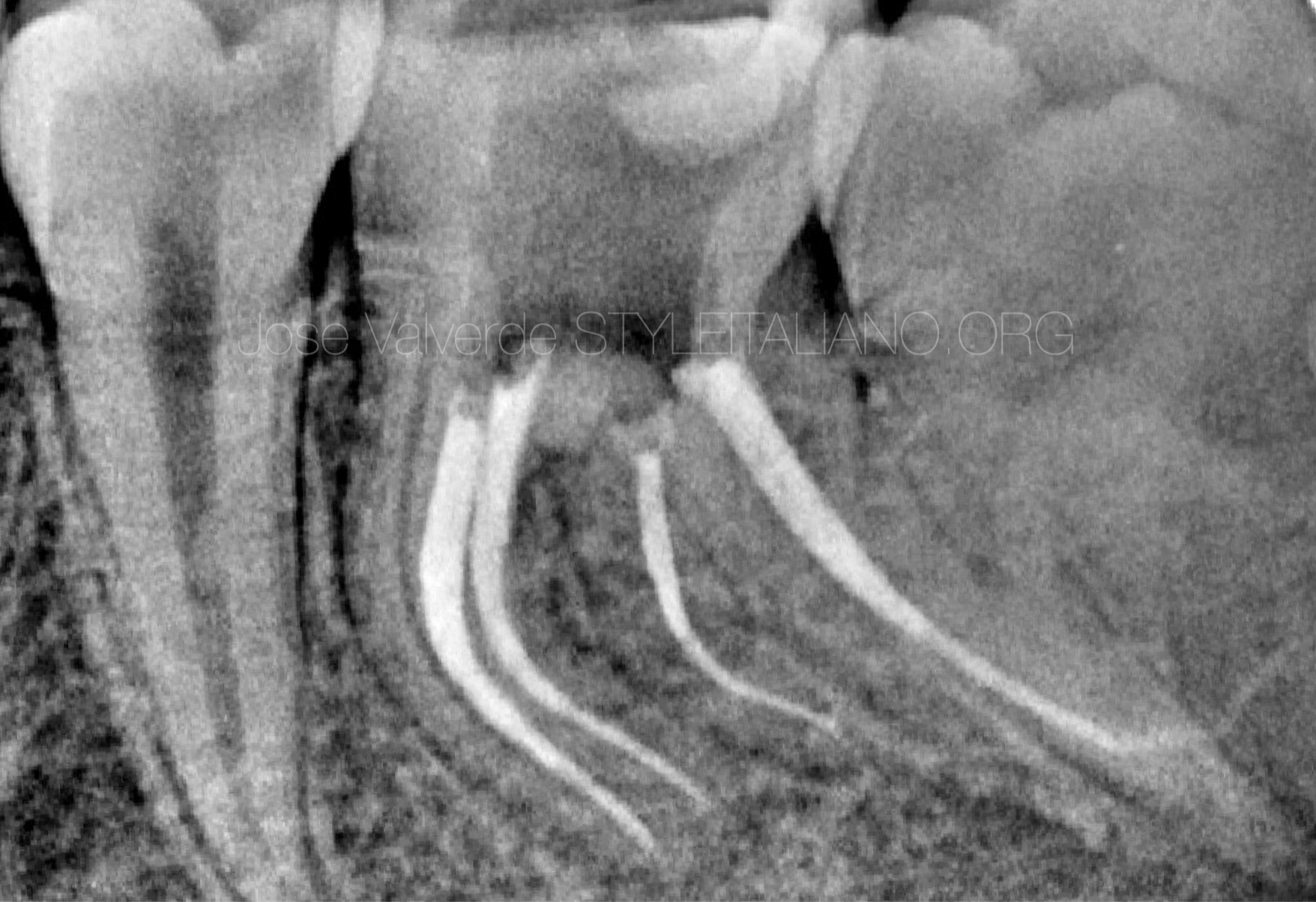 Management of a Type III Radix Entomolaris in a first lower molar
Management of a Type III Radix Entomolaris in a first lower molar
Understanding the anatomical variations of the root canal system is a must to achieve the main goals of our treatment. The radix entomolaris is the most common variation in mandibular […]
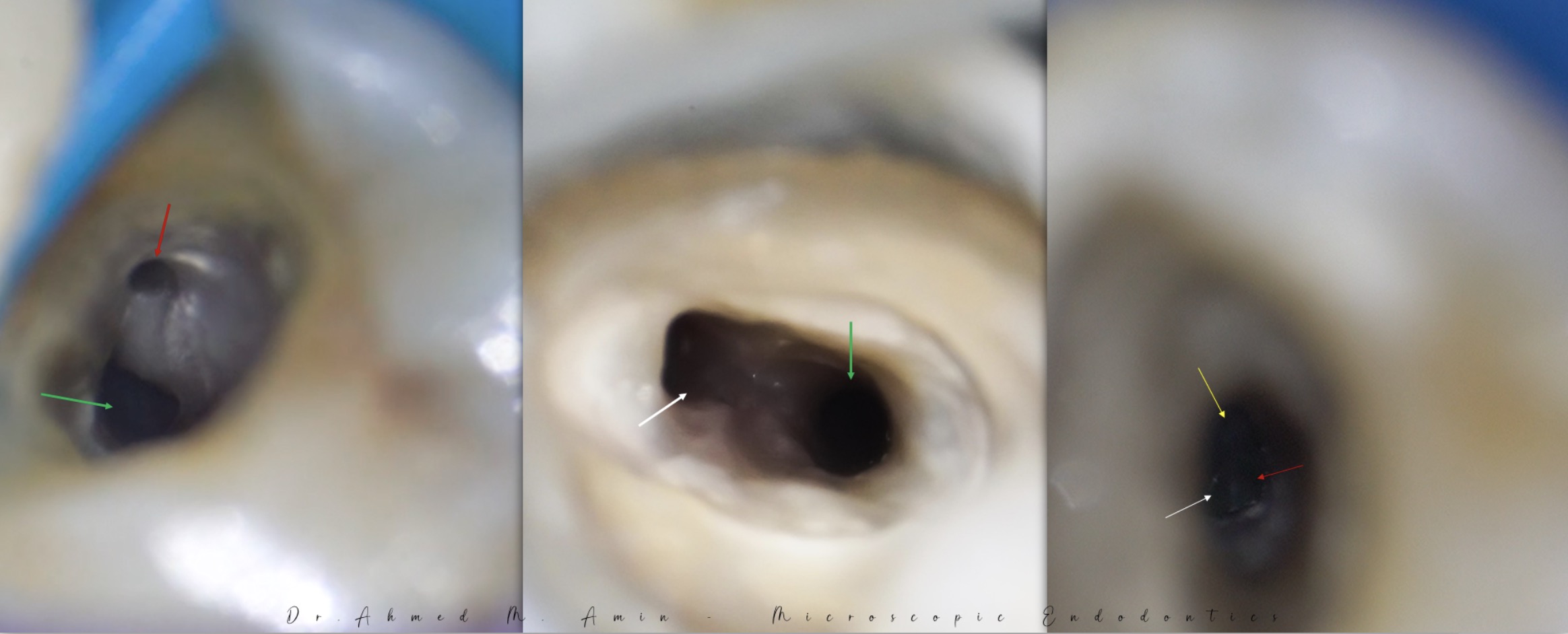 How To deal with Splits " Different Scenarios "
How To deal with Splits " Different Scenarios "
Failure to locate and disinfect all the root canals may be a major reason for endodontic failure. The first Step to reach the success of root canal therapy is to have […]